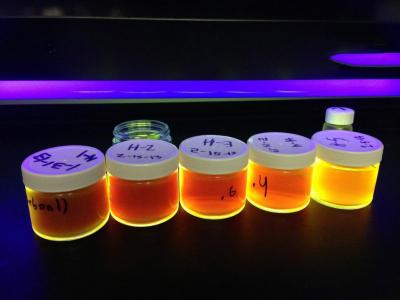MPI Helps NASA Measure Effectiveness of Engine Cleaning Solutions
Mon, 07/29/2013 - 02:17pm | By: Heather Leighow

Last year the Mississippi Polymer Institute partnered with NASA to develop a new tool for evaluating cleaning solutions/solvents that are more environmentally friendly than the ones currently used on NASA's rocket engine parts.
After countless hours of design and evaluation, MPI provided NASA with the prescribed model.
Steven Whitacre, MPI's technical specialist, was responsible for designing an evaluation test method that incorporated a scaled-down prototype to simulate a rocket engine's internal features for assessing the effectiveness of the cleaning solutions.
Whitacre not only spent time formulating the test method but also designed and built multiple solvent evaluation fixtures on MPI's 3D printer. MPI specializes in 3D printing and testing services at USM, and was fully equipped to handle these needs for NASA on this project.
Once optimal prototypes were formulated and created, the models were taken to a machinist, and they were re-created into stainless steel fixtures. These fixtures were artificially soiled using a contamination solution, to replicate the grimy build up that can accumulate on rocket engine parts during manufacturing and lead to fires if not precision-cleaned before placing in service. This enabled MPI to test each cleaning solution in the fixtures more accurately.
MPI serves as the industrial outreach entity for The University of Southern Mississippi and its School of Polymers and High Performance Materials. Its mission is to support the growth of high tech businesses across the state.
For more information on MPI or The University of Southern Mississippi, please visit www.thepolymerinstitute.com and www.usm.edu.
